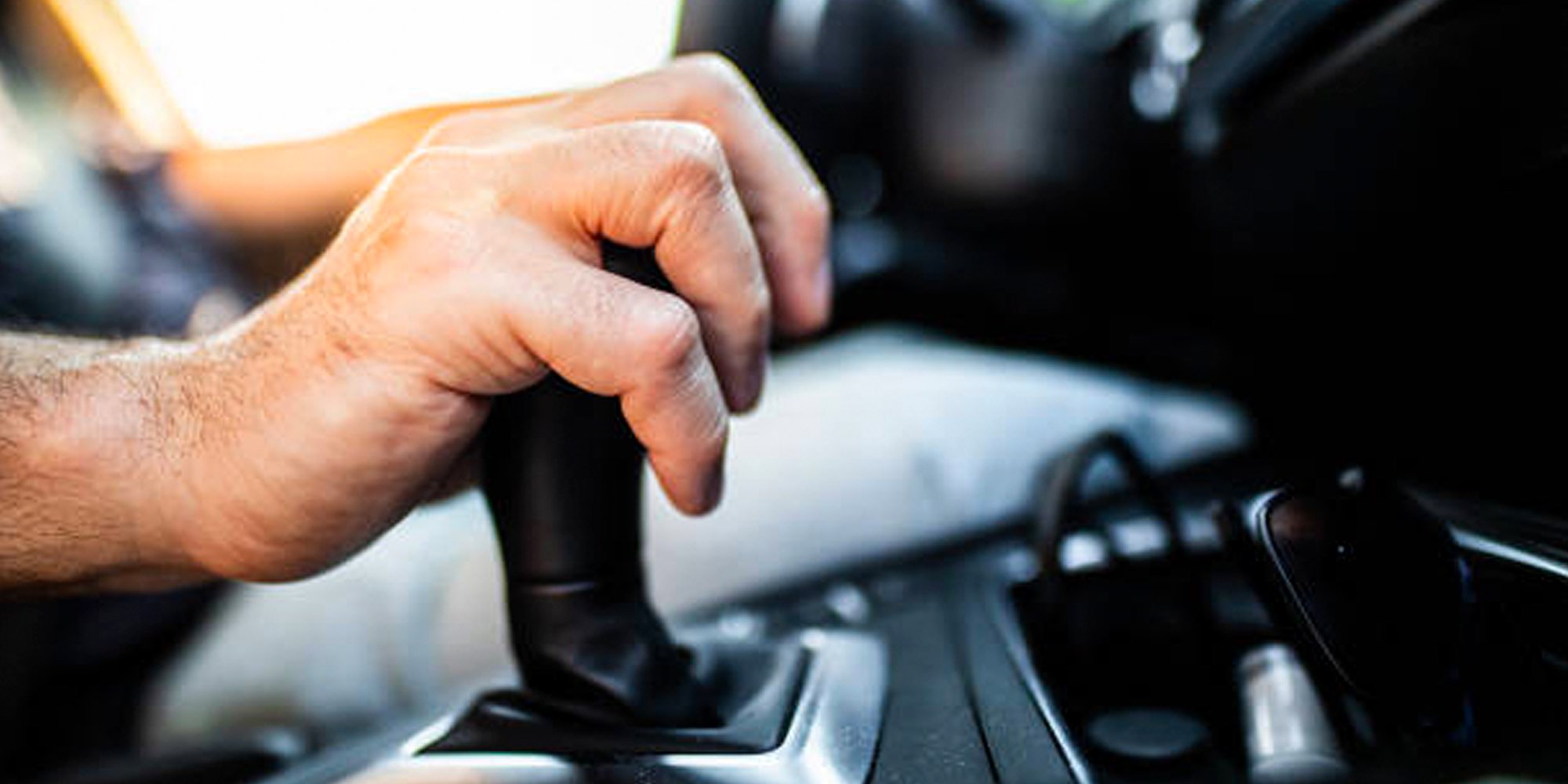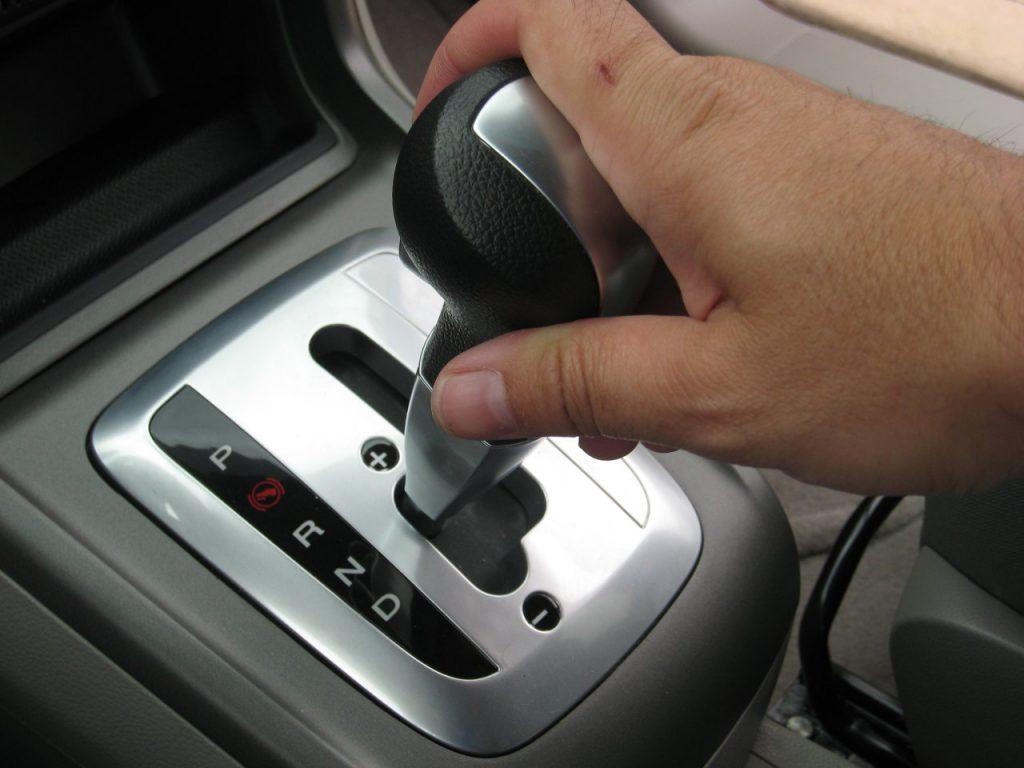If your car is stuck in reverse, it could be due to a faulty shift cable or transmission issues. To resolve the problem, check the shift cable for any damages and repair or replace it if necessary.
Additionally, you may need to inspect the transmission fluid levels and condition and have them serviced accordingly to ensure proper functionality of your vehicle. Driving with a car stuck in reverse can be dangerous and potentially cause further damage, so addressing the issue promptly is crucial for your safety and the longevity of your car.
By identifying the root cause and taking appropriate measures, you can effectively resolve the problem and get back on the road smoothly.

Credit: quikerco.com
Causes Of A Car Stuck In Reverse
A car getting stuck in reverse can have various causes, including issues with the transmission, shift linkage, or clutch. Troubleshooting the problem and seeking professional help may be necessary to find the appropriate solution.
Faulty Shift Solenoid
In a car, the transmission is responsible for controlling the gear ratios and allowing the vehicle to shift effortlessly between different gears. However, if the car gets stuck in reverse, one potential cause could be a faulty shift solenoid.
A shift solenoid is an electro-hydraulic valve that acts as a switch to control the flow of transmission fluid. When the solenoid malfunctions, it can disrupt the normal operation of the transmission, leading to the car getting locked in reverse gear.
There are a few reasons why a shift solenoid may fail:
- Aging or wear and tear: Over time, the shift solenoid can become worn out or damaged, preventing it from functioning properly. This can be due to constant use, exposure to extreme temperatures, or prolonged exposure to debris or contaminants in the transmission fluid.
- Electrical issues: The shift solenoid relies on electrical signals to activate and control the flow of transmission fluid. If there is a problem with the electrical connection or the solenoid’s circuit, it may not receive the necessary signals to function correctly.
- Manufacturing defects: In some cases, the shift solenoid may have been faulty from the beginning due to manufacturing defects. These defects can result in a malfunctioning solenoid, causing the car to get stuck in reverse or experience difficulties shifting gears.
If you suspect that a faulty shift solenoid is the cause of your car getting stuck in reverse, it is advisable to consult a professional mechanic. They can diagnose the issue using specialized diagnostic tools and provide the necessary repairs or replacements to resolve the problem.
Damaged Transmission Gear
Another potential cause of a car getting stuck in reverse is a damaged transmission gear. The transmission gears are responsible for transmitting power from the engine to the wheels, allowing the vehicle to move forward or backward.
There are a few reasons why a transmission gear may become damaged:
- Wear and tear: Over time, the transmission gears can experience wear and tear due to constant use and the immense forces they endure. This can cause the gears to become worn down or damaged, making it challenging for them to engage or disengage properly.
- Incorrect shifting technique: If the driver of the car engages the gear with excessive force or shifts gears without fully disengaging the clutch, it can put additional stress on the transmission gears and potentially damage them.
- Manufacturing defects: Although uncommon, manufacturing defects can also lead to damaged transmission gears. Traces of defects or weaknesses in the gears’ composition can result in premature wear or breakage.
When the transmission gears are damaged, it can disrupt the smooth operation of the transmission system, causing the car to remain stuck in reverse. In such cases, it is crucial to have a professional mechanic inspect and repair the transmission to replace any damaged gears and restore the functionality of the gearbox.

Credit: www.youtube.com
Signs And Symptoms Of A Car Stuck In Reverse
When your car gets stuck in reverse, it can be a stressful and frustrating situation. Understanding the signs and symptoms of a car stuck in reverse can help you identify the issue and find a solution. In this section, we’ll explore the possible signs and symptoms to look out for when you suspect your car is stuck in reverse.
Inability To Shift Gears
If you find that your car is unable to shift gears as usual, it could be a sign that it is stuck in reverse. When attempting to change gears, the gear stick may feel resistant or refuse to move, indicating a potential issue with the transmission or gear selector.
Strange Noises
Another common symptom of a car stuck in reverse is the presence of strange noises when attempting to shift gears. You may hear grinding, clicking, or whirring sounds coming from the transmission area, signifying a mechanical problem that is hindering the gear-shifting process.
Potential Risks And Dangers
When a car is stuck in reverse, it poses several potential risks and dangers that need to be addressed promptly to ensure safety on the road.
Loss Of Control
Driving a car stuck in reverse can lead to a loss of control, making it difficult to steer or maneuver effectively.
Increased Chance Of Accidents
The increased chance of accidents is a significant risk when a car is stuck in reverse, as the driver may struggle to react quickly in emergency situations.

Credit: carfromjapan.com
Steps To Take When A Car Gets Stuck In Reverse
When a car gets stuck in reverse, knowing the right steps to take can help you handle the situation calmly and efficiently. Below, we will cover essential actions to follow, including staying calm and checking the transmission fluid.
Stay Calm
Stay calm and avoid panicking when your car gets stuck in reverse. Panicking can lead to making hasty decisions or causing further damage to the vehicle.
Check Transmission Fluid
Checking the transmission fluid is crucial when dealing with a car stuck in reverse. Low or dirty transmission fluid can cause issues with gear shifting.
- Locate the transmission fluid dipstick under the hood of your car.
- Remove the dipstick, wipe it clean, reinsert it, and then pull it out to check the fluid level.
- If the fluid level is low, top it up with the manufacturer-recommended transmission fluid.
- If the fluid appears dirty or burnt, it may be time for a transmission fluid flush by a professional.
Possible Solutions To Fix A Car Stuck In Reverse
When it comes to a car getting stuck in reverse, it can be a frustrating and potentially dangerous situation. Fortunately, there are several possible solutions to fix a car stuck in reverse that can help resolve the issue and get you safely back on the road.
Check Shift Linkage
If your car is stuck in reverse, the shift linkage may be the culprit. Inspect the shift linkage for any signs of damage, such as bent or worn components. Ensure that the linkage is properly connected and that there are no obstructions preventing the shifter from moving freely. Make necessary adjustments or repairs to the shift linkage as needed to ensure smooth operation.
Inspect Transmission Filters
The transmission filters play a crucial role in the proper functioning of the transmission system. Check the transmission filters for any clogs or debris that may be obstructing the flow of fluid. Clean or replace the filters if necessary to restore proper transmission function. Regular maintenance of transmission filters can help prevent issues such as getting stuck in reverse.
Conclusion
Dealing with a car stuck in reverse can be frustrating but understanding the causes and potential solutions can help alleviate the problem. Whether it’s a faulty transmission, linkage issues, or low fluid levels, diagnosing the issue promptly is crucial. By following the suggested remedies and seeking professional help when needed, you can get your vehicle back on track.